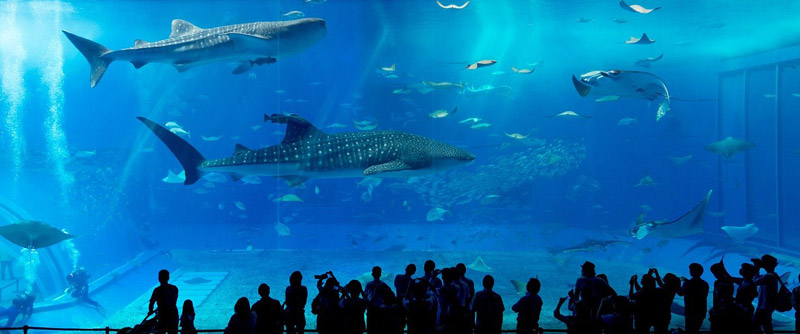(Image from Freedom for Animals)
The vast majority of the fish, crabs, sharks, octopuses and other animals you see in aquariums in the UK will have been stolen from the wild, from their natural homes. Many species of fish do not breed in captivity, so as soon as one fish dies, another must be taken from the wild to replace it. Taken from conservation-sensitive areas like the Great Barrier Reef, fish and other animals are packed into plastic bags and boxes and forced to travel thousands of miles. This stressful journey can be too much on their delicate bodies and many die on the way – a massive 30% die following importation. The survivors are placed into miserably small tanks, many of which lack space for animals like turtles and alligators to leave the water, have no environmental enrichment or any space to retreat meaning these animals have no place to hide which further exacerbates their stress.
Sea lions which should be free to swim for miles in the sea, are forced to perform tricks in concrete enclosures. Captive orcas, which in the wild exist in tight-knit family groups and can travel over 100 miles in a single day, are kept in small pools for entertainment in which they cannot dive and must swim circles in shallow tanks. A life of deprivation in a tiny tank can lead to mental health conditions, just as it can in humans. Pacing, circling, head bobbing and other abnormal behaviours, which are all indicators of stress, have been observed in animals in 90% of UK aquariums. A BBC investigation found 35% of animals were dying in SEA LIFE centres across the UK. Sharks, rays, fish and jellyfish died at the centres, some of which were threatened species in the wild. Aquariums claim they are protecting endangered species through their work. In reality, very few animals they hold captive are under threat, and even fewer have ever made it back into the wild.
